-
Developing practices for FAIR and linked data in Heritage Science

Abstract Heritage Science has a lot to gain from the Open Science movement but faces major challenges due to the interdisciplinary nature of the field, as a vast array of technological and scientific methods can be applied to any imaginable material. Historical and cultural contexts are as significant as the methods and material properties, which…
-
Insights into cognitive mechanics from education, developmental psychology and cognitive science
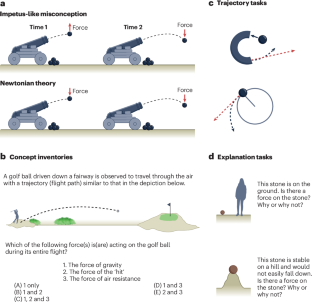
Abstract Humans reason implicitly and explicitly about the physical world, which enables them to successfully interact with and manipulate objects in their environment. This reasoning is studied under different names across three main literatures: education, developmental psychology and cognitive science. At a high level, education researchers examine the acquisition of formal scientific knowledge, developmental psychologists…
-
Trump team orders huge government layoffs: how science could fare

The administration of US President Donald Trump has already laid off thousands of government workers.Credit: Tierney L. Cross/Getty Agencies across the US government have been ordered to initiate another punishing round of layoffs at the same time Congress is moving forward with a plan to slash their budgets — a potential blow to science. Trump’s…
-
Ukraine’s research sector is struggling
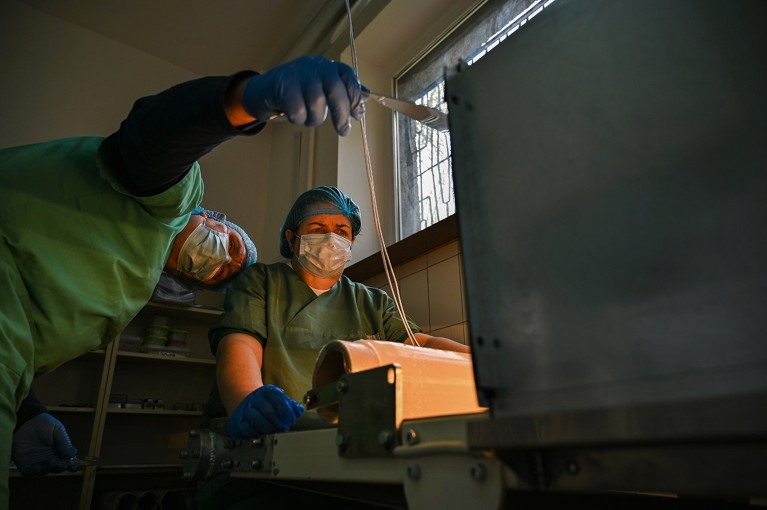
Ukrainian researchers hope that research-funding reforms will revitalize the innovation sector.Credit: Ukrinform/Shutterstock Undaunted by the turmoil of the Russian invasion, the European Union has scaled up its presence in the Ukrainian research sector, establishing funding channels and offices in Kyiv. Scientists hope that these moves will drive reforms in Ukraine’s research-funding system and breathe new…
-
REMINDER: Burien’s Environmental Science Center’s annual ‘Heroes for Nature’ Gala is this Saturday, Mar. 1 – The B-Town (Burien) Blog
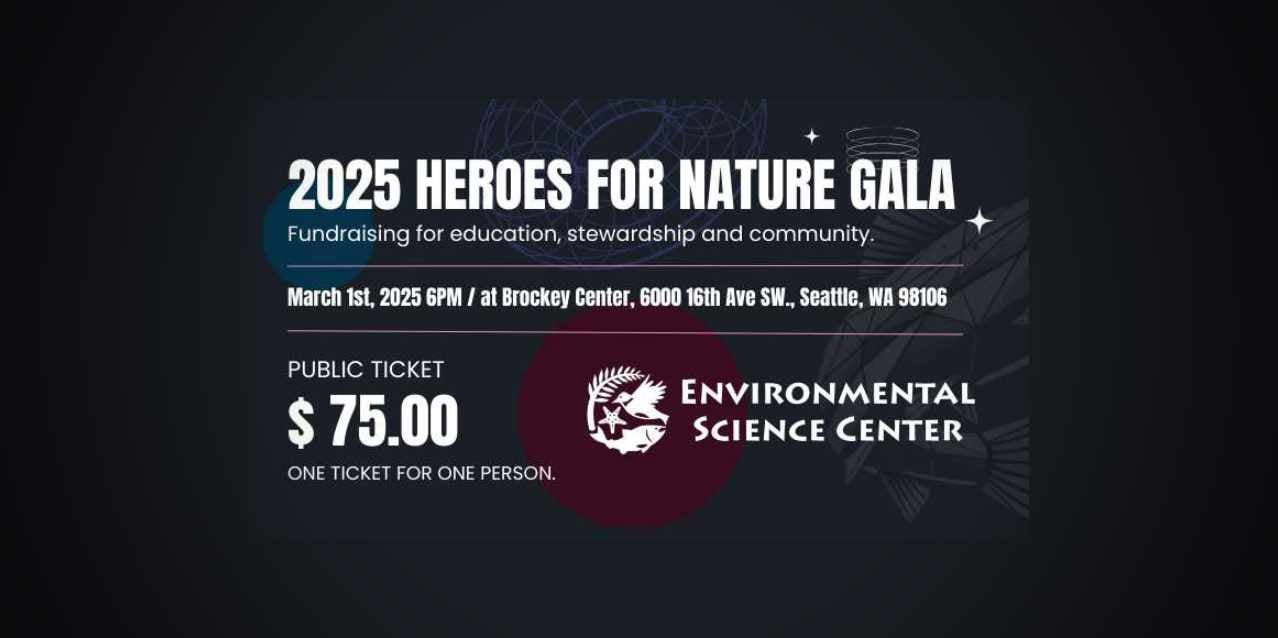
Burien’s Environmental Science Center will host its annual “Heroes for Nature” Gala from 4:30 – 8:30 p.m. this Saturday, Mar. 1, 2025, at the Brockey Center at South Seattle College. The event, dedicated to celebrating the beauty of nature and the power of education, science, and community, will feature an elegant evening of fundraising, networking, and environmental advocacy. The gala kicks…
-
US universities curtail PhD admissions amid Trump science funding cuts

Some universities across the United States are reducing or halting their PhD admissions because of federal-funding uncertainties stemming from actions taken by the administration of US President Donald Trump. Few universities have released public statements about their strategies, so prospective graduate students have remained largely in the dark about which institutions are cutting back. Nature…
-
Optical sorting: past, present and future
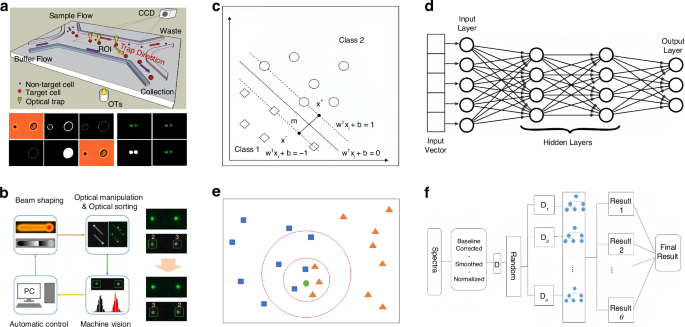
Abstract Optical sorting combines optical tweezers with diverse techniques, including optical spectrum, artificial intelligence (AI) and immunoassay, to endow unprecedented capabilities in particle sorting. In comparison to other methods such as microfluidics, acoustics and electrophoresis, optical sorting offers appreciable advantages in nanoscale precision, high resolution, non-invasiveness, and is becoming increasingly indispensable in fields of biophysics,…
-
Efficient crystal structure prediction based on the symmetry principle
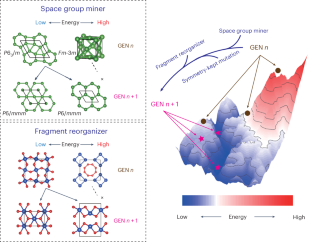
Abstract Crystal structure prediction (CSP) is an evolving field aimed at discerning crystal structures with minimal prior information. Despite the success of various CSP algorithms, their practical applicability remains circumscribed, particularly for large and complex systems. Here, to address this challenge, we show an evolutionary structure generator within the MAGUS (Machine Learning and Graph Theory…
-
Vesuvius volcano turned this brain to glass
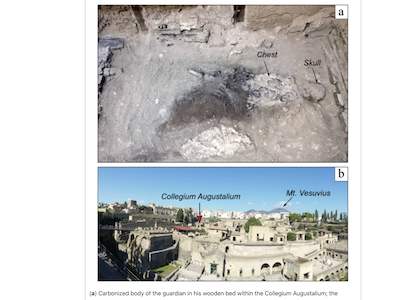
Read the paper: Unique formation of organic glass from a human brain in the Vesuvius eruption of 79 CE The brain of a man who died nearly 2000 years ago was turned to glass by extreme conditions during the eruption of Mount Vesuvius. Researchers studied the strange material found in the man’s skull and spine…
-
Trump dismantled a first-of-its-kind nature report. Colorado scientists are still hopeful it will be released
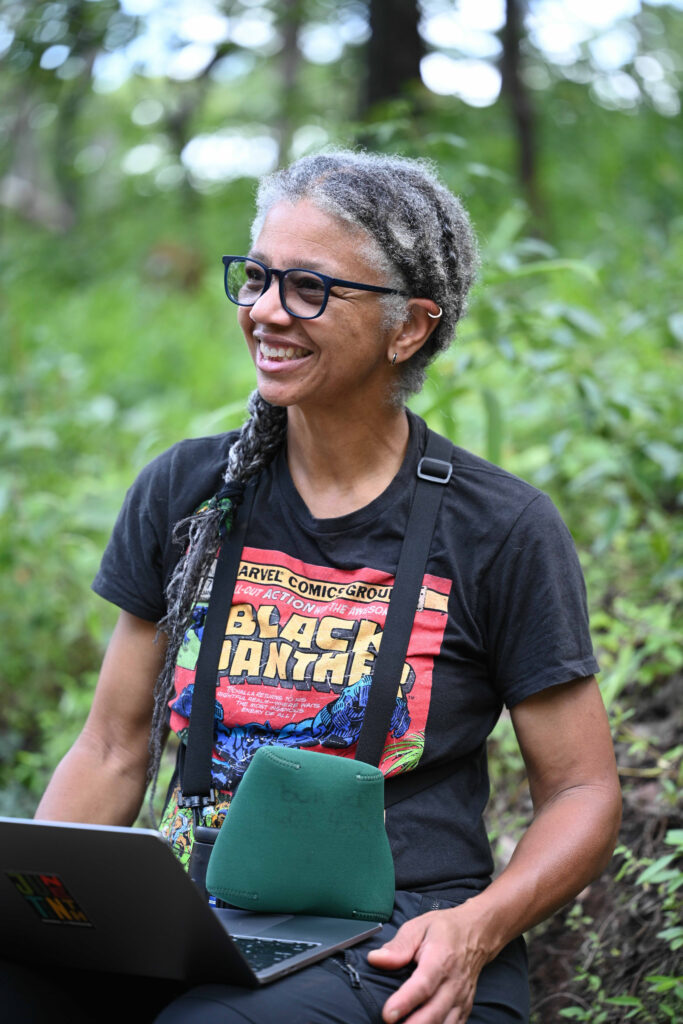
In an executive order signed on Earth Day 2022, former President Joe Biden charged federal agencies to work with researchers to measure the health of natural spaces across the county, from city parks to pristine wilderness areas. The report’s sobering aspect, though, would be to catalog how benefits offered by the natural world might quickly…